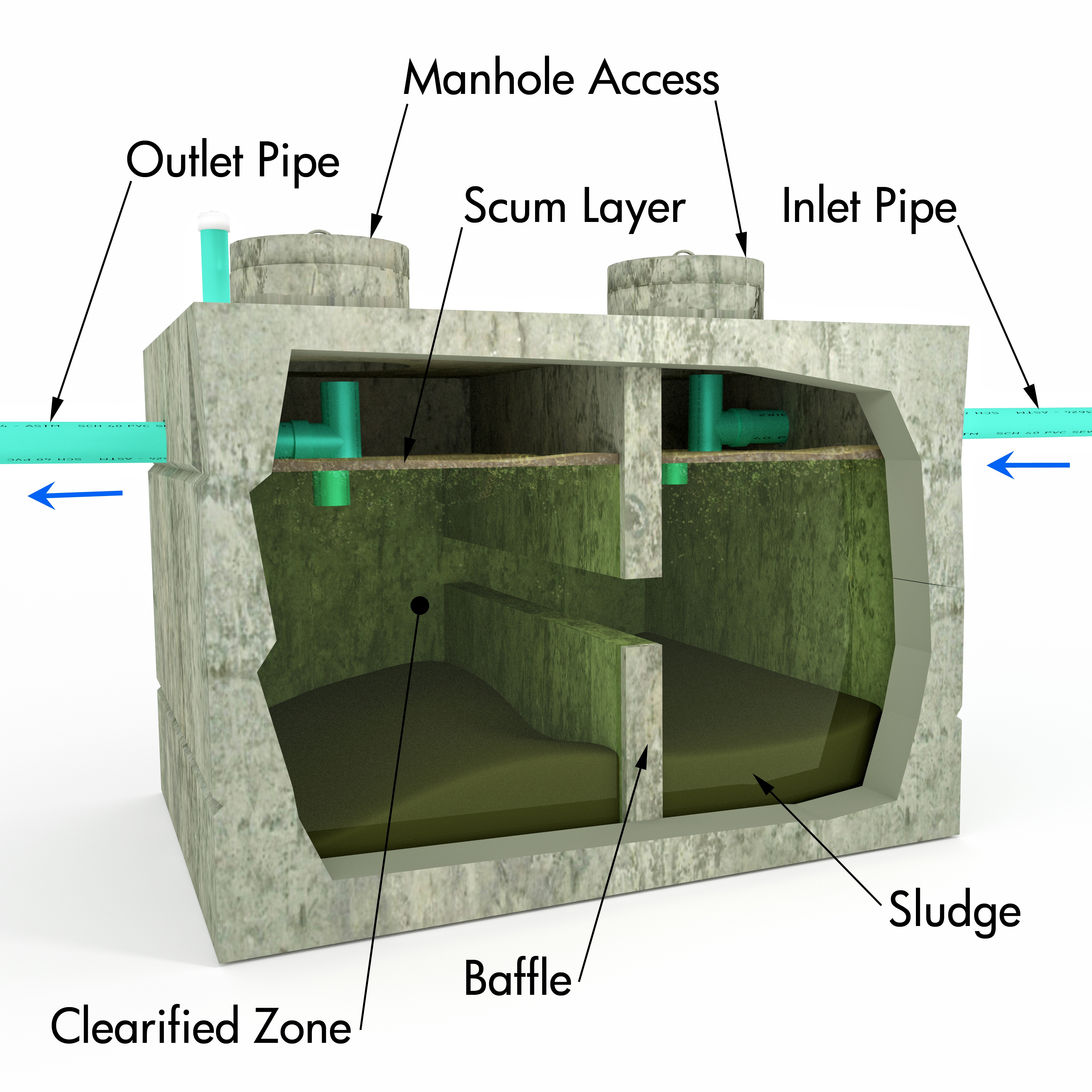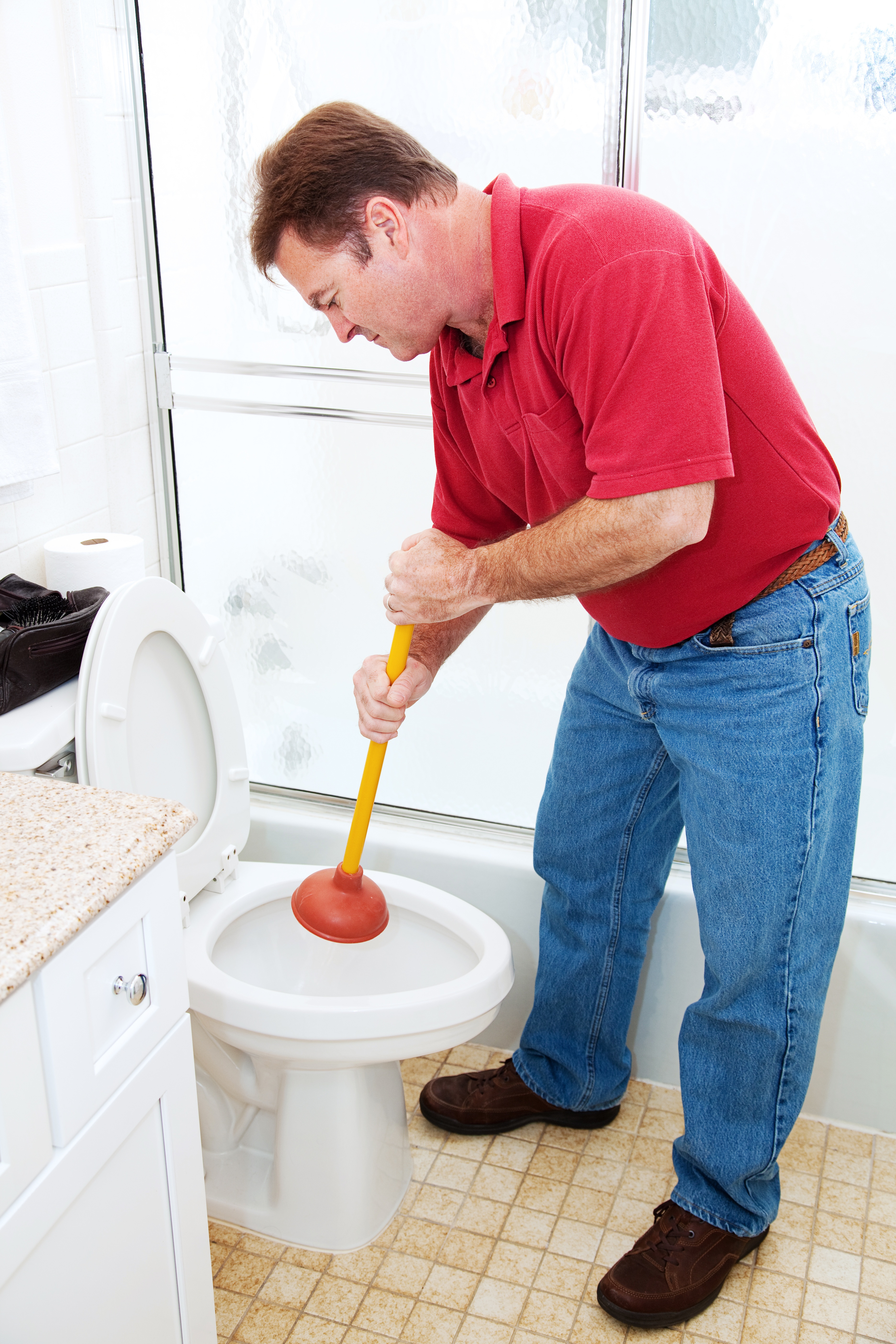How to Tell If Your Septic Tank is Full
Published on September 19, 2016
When properly maintained, a septic system provides an efficient way to manage wastewater your home generates. To function properly, septic systems must get regular septic tank cleaning with the help of professional plumbers, and many people are unsure as to when this action is necessary. Since we buy houses in canton, GA, all these problems are being monitored and solved by the real estate company itself.
There are several factors that influence how often your system must be pumped, and there are a variety of techniques you can use to determine whether or not your tank is full. Lets explore.

The Causes of Scum Buildup, and What it Can Tell You
Septic scum is the accumulation of waste that builds up and floats on top of the water inside of your septic tank.
Septic Sludge is the accumulation of solids that sink and sit on the bottom of your septic tank.
There are four major factors that will influence the rate at which your tank fills up:
- The number of people in your household
- The amount of water used in your house
- The volume of solids in the wastewater
- The size of the septic tank
All of these elements can contribute to scum buildup in your system. When they reach a high level, a septic tank pumping must be scheduled to keep your tank running properly.
If not regularly pumped, scum can make it out of your tank and into your drainfield. This is bad your your drainfield, its function, and the environment. Scum and sludge in your drainfield will clog your soil eventually permanently destroy your existing drainfield.
A skilled and licensed inspection service should be able to determine whether or not your tank needs to be pumped, by analyzing all of these factors and inspecting your tank and scum levels.
Inspecting Your Own Tank
Always remember:
Even if you are having no issues with your septic system, you should still have it inspected and pumped approximately every three to five years. Systems that use electrical or mechanical components may require even more frequent inspections.
Your system could have many problems that could go un-noticed until its too late. For example, your system could be full enough to slowly release scum into your drainfield, but not full enough to be backing up into your home or cause pooling water.
Three to five years is the typical interim between septic system inspections, but your tank can still become full during this time. Therefore you must have a way to inspect the system independently, and installing risers around the tank is one possible method you could use. These devices provide you with an easy way to examine the inside of the tank. If you open the lid and notice a large amount of solids accumulating, then you contact a professional service to empty the system.
Another warning sign that you can observe within your tank is the level of sludge that is present. Once this substance comes within a foot of the outlet tee, the tank needs to be pumped. A scum layer that reaches six inches below the outlet tee is also a sign that your system is on the verge of backing up.
Leaking Pipes and Pooling Water
The area around the septic tank can also be an indicator of a congested system. There are pipes that extend to the tank all throughout your property, and as the system begins to clog, water and waste can begin to seep from the pipes and generate puddles around the base of the tank.

The increased levels of water can affect the grass around your tank by causing it to grow at an increased rate. Grass that appears greener and healthier than it does in other areas of your yard is a sign that your tank is at capacity and needs immediate pumping to prevent drainfield damage.
Naturally, septic pipes can be found within your home as well. With a flashlight you can inspect them to see if they are beginning to spring leaks.
Examining Toilets and Drainage Pipes
 All devices that connect to the septic system can display signs when the tank is at full capacity.
All devices that connect to the septic system can display signs when the tank is at full capacity.
Toilets, in particular, should be checked for any functional issues and abnormal flushing. If the toilet reacts slowly when you flush it, (gurgles, slowly drains etc.) then it may be an indication that your septic system is too full.
If your sink or shower drains slowly, it can be a sign your septic tank is full and preventing water from draining at a normal rate.
You should also be examining any location in your home where drainage pipes exit.
Washing machine pipes, dishwasher pipes, and sinks are also all important areas to inspect. Pipes that take a long time to drain water are warnings of a full or even possibly clogged tank. Hire the experts from top dryer repair at The Baltimore Appliance Repair Shop to fix these issues instantly.
When ignored, it is also not uncommon for waste to start backing up through your slow draining pipes and fill your home with a foul odor and then eventually solid waste in your sinks, shower, and other inlets.
This is a form of worst-case scenario, and you should contact a professional service immediately if this event occurs. Also, you should select a reputable skip company and hire their services if you need help with waste disposal.
Maintaining Your Septic System
There are a variety of ways for you to determine is your tank is full. In addition to having an inspection service review your system on a regular basis, you also have ways to conduct your own form of examination. Mysterious pools of water and leaky pipes are simple ways of identifying a septic problem. You can also open the lid of the tank to observe the levels of sludge and scum that are collecting. Even a basic inspection of your toilets and drainage pipes can yield helpful information.
Your septic tank is able to handle the vast amounts of waste generated by your home, but it is not impervious to maintenance issues. By conducting regular inspections on your tank, though, you can make sure that your septic system is able to continue performing its valuable and essential functions.
Sources: